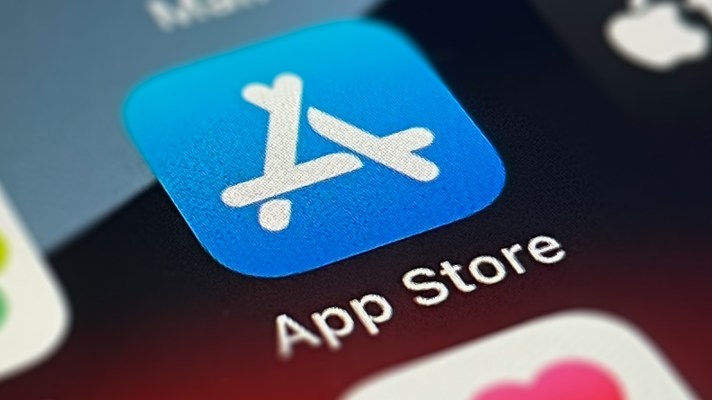Investors know that most startups fail, but something that may be less understood is how few mobile apps actually make money. According to a new analysis of the subscription app economy from mobile subscription toolkit provider RevenueCat, the top 5% of apps generate 200 times the revenue of the bottom quartile after their first year, while the median monthly revenue an app generates after 12 months is less than $50 USD.
The “State of Subscription Apps” report offers a bird’s-eye view into the subscription app universe, as RevenueCat has nearly 30,000 apps using its platform’s tools to manage their monetization. Outside of Apple and Google, that makes RevenueCat the largest collection of subscription app developers on one platform.
This report specifically looks at data from over 29,000 apps and over 18,000 developers who collectively generate over $6.7 billion in tracked revenue and have over 290 million subscribers.
After crunching its data, the company found that only 17.2% of apps will reach even $1,000 in monthly revenue, but after they hit that point, the odds of them growing further increase. For instance, 59% of the apps that reach $1,000 will go on to reach $2,500 and 60% of the apps that reach $2,500 will make it to $5,000. But what may be more surprising is that only 3.5% of apps will reach $10,000 in revenue — the figure that an indie developer may need to hit in order to devote themselves full-time to app development or their mobile-first startup.
There are some differences in apps’ success when you narrow things to the category level, however.
Health and fitness apps generate more revenue after a year, performing at least twice as well as all the other categories combined, both at the bottom quartile and in the top 5%. Travel and productivity apps struggle the most, with even the top 5% of apps in the category making less than $1,000 per month after a year’s time on the app stores.
While it’s perhaps not as surprising that many apps don’t make money, given how many are launched as side projects, seeing the actual monetization figures could be a shock to those who think they have what it takes to beat the odds.
RevenueCat also found that the most common price for a monthly subscription remained the same this year at $10, but the average price for a monthly subscription increased by 14% from $7.05 to $8.01. The weekly price grew less than 2% to $5.55, and the yearly average decreased a little more than 1% from $32.94 to $32.53.

Image Credits: RevenueCat
The report highlights other aspects of the race to subscription app monetization, as well, including that North America-based apps have 4x the monetization of the global average. That is, the North American 14-day RLTV (Realized Lifetime Value, a figure indicating that the money generated by the average user, in this case, in the 14 days after the app’s installation) is $0.35, while the global average is $0.08.
Japan and South Korea also monetize better on Android than iOS, which is not normally the case.

Image Credits: RevenueCat
Another big takeaway from this year’s report is that the share of monthly subscribers retained after 12 months dropped by around 14% last year, which may indicate that consumers are watching their wallets and canceling the subscriptions they don’t need. But given that all other metrics are up year-over-year, the industry itself is not contracting. For example, 1.7% of downloads turned into paying subscribers in their first 30 days — a figure that’s up from last year. (But the difference between the lower and upper quartiles is worth noting — the former is 0.6% and the latter 4.2%).
In addition, some of those churned subscribers will again return, as the data shows that more than 10% will re-subscribe within 12 months, with categories like Media & Entertainment seeing even higher reactivation rates.
“We definitely saw a tightening, which would make sense, because a lot of apps were raising prices — inflation-induced price raises — which then, of course, would lead to people churning as well,” said RevenueCat CEO Jacob Eiting. “Overall, the whole ecosystem seems to have grown pretty well, but there has been some readjustment,” he noted.
The larger report gets into more specifics that will be useful to subscription app developers, including details about subscription packages, pricing, trial strategies, conversion, refund rates, retention, growth and more.

Image Credits: RevenueCat

Image Credits: RevenueCat
The firm also shared its predictions for the year ahead, noting that it expects more apps to adopt no-trial subscription plans and expects subscription prices will rise. It forecasts, too, that apps will begin to combine subscription models with other monetization methods like non-renewable in-app purchases, ads, partnerships, e-commerce and affiliate marketing. AI will also be used more extensively in apps to personalize the user experience. While new regulations may usher in new choices, only the larger apps will benefit from the use of third-party payment processors and app stores for the time being.
